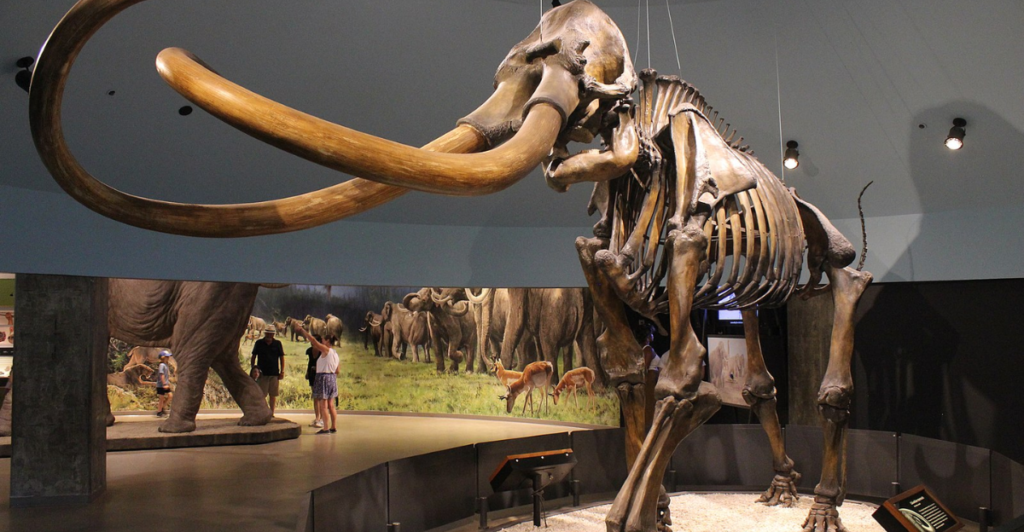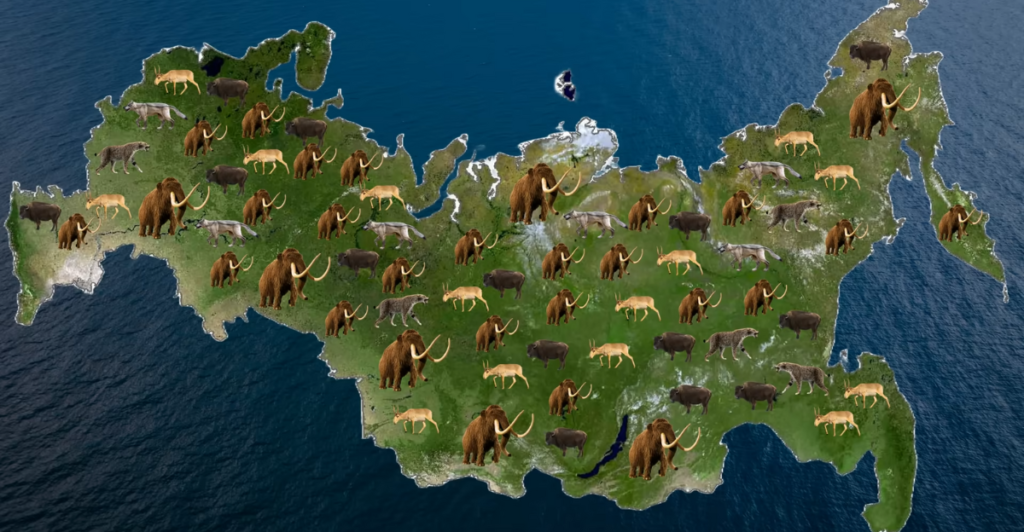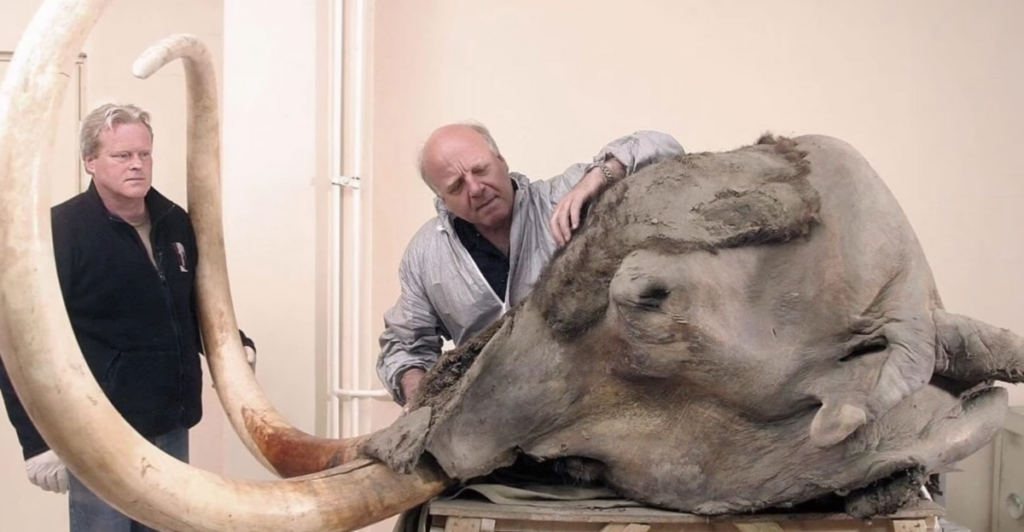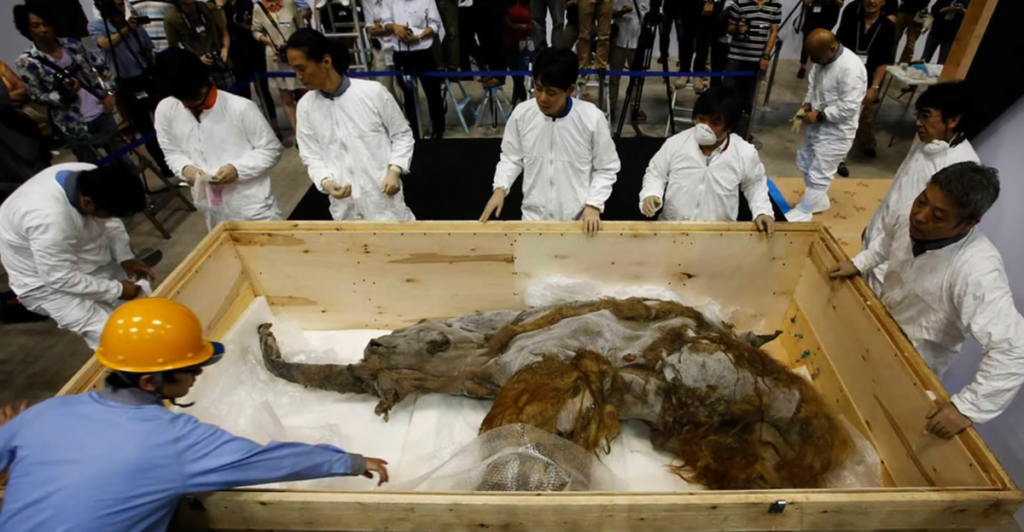
The possibility of bringing extinct species back to life, known as de-extinction, has long been a subject of fascination. Among the species that might be resurrected, the woolly mammoth stands out as a poster child for genetic engineering. The question is not just about the science behind it—what remains unanswered is who would actually own the woolly mammoth if scientists succeeded in resurrecting it. As research in genetic modification accelerates, ethical, legal, and environmental concerns surrounding this issue continue to mount.
The Science Behind the Woolly Mammoth’s Resurrection

Scientists are currently engaged in an ambitious project to revive the woolly mammoth, which last roamed Earth around 4,000 years ago. The process involves using the DNA of preserved mammoth carcasses and splicing it into the genetic material of modern-day elephants. Once the DNA is inserted, scientists hope to produce a living organism that will closely resemble the woolly mammoth, a cold-adapted species that thrived in the Pleistocene era. While still in early stages, the success of such a project could have monumental consequences—not only for the species but for how we think about ownership of genetically resurrected creatures.
A New Age of Genetic Ownership

In the absence of a clear framework, the notion of who owns a resurrected woolly mammoth is largely speculative. Genetic ownership has become an increasingly complex issue in the world of biotechnology. In the case of the mammoth, it would be crucial to determine whether the geneticists who created the creature, the research institutions funding the project, or the landowners where the mammoth is kept would claim ownership.
For example, if a private company funds the creation of a woolly mammoth, they could argue that they own the genetic rights to the creature. As de-extinction technologies advance, it is becoming clear that legal systems are unprepared to handle such a scenario. Currently, intellectual property law often treats genetic material as a form of property, but there are no established rules for ownership of resurrected species.
The Ethical Dilemma: Who Should Own the Mammoth?

Beyond the technicalities of ownership, there is an ethical dilemma surrounding the resurrection of the woolly mammoth. Some argue that the mammoth’s return could be beneficial for scientific research, climate change mitigation, or even biodiversity. However, others contend that resurrecting an extinct species could disrupt existing ecosystems, making the question of ownership even more complicated. Who is responsible for a creature that never should have been revived in the first place? The ethical implications are compounded by the question of whether the mammoth would be allowed to live freely in the wild or be confined to research facilities.
Private vs. Public Ownership: The Debate

If a woolly mammoth is brought back to life, would it belong to a private entity, or should it be a public resource? On one hand, private ownership could lead to profit-driven motives, with companies or wealthy individuals using the creature for entertainment, tourism, or even bioengineering ventures. On the other hand, public ownership might allow for better oversight and regulation, ensuring that the woolly mammoth is not exploited for commercial gain. Many environmentalists and animal rights advocates argue that the mammoth should not be owned by any single entity but rather be considered part of the world’s natural heritage.
Legal Precedents: Can the Law Handle This?

Legally speaking, resurrected species face uncharted territory. In the U.S., for example, the Endangered Species Act currently governs the protection of animals, but it does not address the ownership of de-extinct species. It is unclear whether a resurrected woolly mammoth would be considered a new species or a reversion of an extinct one, complicating how laws like the Endangered Species Act might apply. In the absence of clear legal precedents, it’s likely that the question of ownership will be hotly debated in courts if a woolly mammoth is successfully brought back to life.
The Role of Indigenous Peoples and Land Rights

Another facet of the woolly mammoth ownership debate is the impact on indigenous communities whose ancestors lived alongside these animals. In Siberia, where much of the mammoth’s remains have been found, indigenous peoples have expressed concerns about the implications of reviving the mammoth in their ancestral lands. These communities might feel that they have a cultural connection to the species and should have a say in its resurrection and eventual release into the wild. Land rights and sovereignty become crucial in determining where a resurrected woolly mammoth would live and who would control it.
The Potential for Conservation: A New Role for the Mammoth?

One of the most compelling arguments for resurrecting the woolly mammoth is its potential role in conservation. Some scientists believe that the mammoth could help restore the lost ecosystems of the Arctic by grazing on grasses and preventing shrub overgrowth, thereby allowing for the return of more native plant species. If this theory proves correct, there may be more support for the idea that the mammoth should not be owned by any individual or corporation but should instead serve a public conservation purpose. The challenge would be managing the delicate balance between conservation and the risk of exploiting the mammoth for commercial gain.
International Implications: Who Owns an Extinct Species?

The woolly mammoth’s resurrection has implications beyond national borders. If a woolly mammoth were successfully brought back, it would likely raise international concerns about ownership and ethical treatment. In particular, countries with significant deposits of mammoth remains, like Russia and Canada, may claim that they have a right to the species. International agreements regarding biodiversity and the handling of extinct species may become necessary to prevent countries from hoarding the technology or exploiting the animals for national gain. A global conversation about the ownership of resurrected species is likely to emerge.
The Commercialization of De-Extinction

The commercialization of resurrected species is another concern. In a world where profit-driven motives often guide scientific advancements, it is easy to imagine a scenario where a company could patent and control the woolly mammoth. This could lead to mass cloning of the creature for tourism or entertainment purposes, much like how exotic animals are currently used in zoos or amusement parks. If the woolly mammoth were to be commercialized, would it lose its value as a species and become nothing more than a commodity? For some, this possibility is an uncomfortable future.
Could the Mammoth Be a Symbol of Restoration?

Alternatively, the woolly mammoth could become a symbol of ecological restoration. By helping restore a lost species, humanity might demonstrate its ability to correct past environmental wrongs, like the extinction of the mammoth due to hunting and climate change. This could shift the debate over ownership from one of profit to one of stewardship. Some environmentalists hope that resurrecting the woolly mammoth could represent an opportunity to build a new relationship with nature—one based on preservation rather than exploitation.
The Future of Woolly Mammoth Ownership

As scientists push forward with the technology to resurrect extinct species like the woolly mammoth, the question of ownership becomes more urgent. Legal, ethical, and environmental concerns will shape how these creatures are treated and whether they will be considered the property of individuals, companies, governments, or the public. In any case, the resurrection of the woolly mammoth will force us to reconsider what it means to own a creature and what responsibilities come with that ownership. Whether the woolly mammoth becomes a scientific curiosity, a conservation tool, or a commercial enterprise remains to be seen—but the world will be watching.
Stay connected with us for more stories like this! Follow us to get the latest updates or hit the Follow button at the top of this article, and let us know what you think by leaving your feedback below. We’d love to hear from you!







